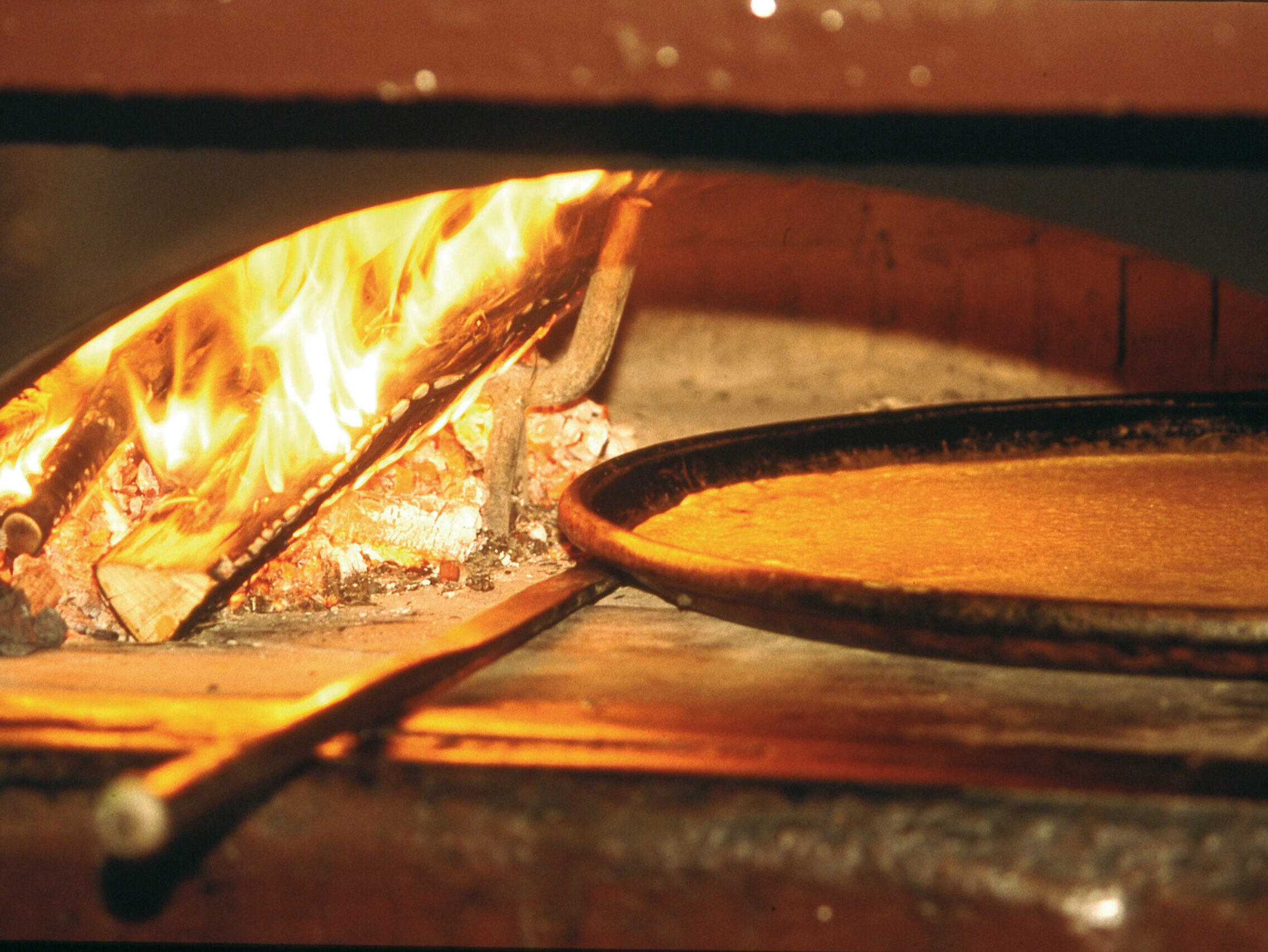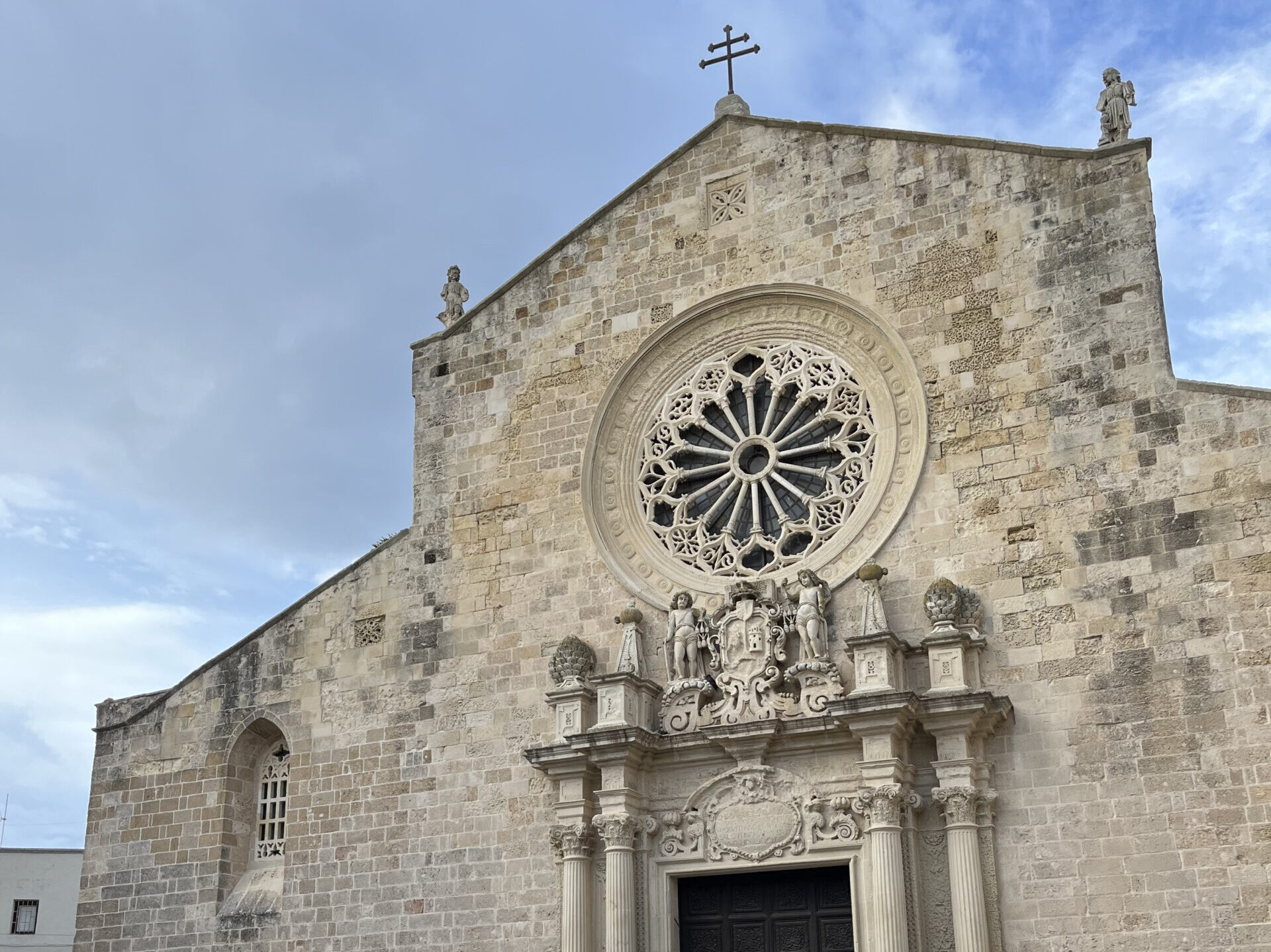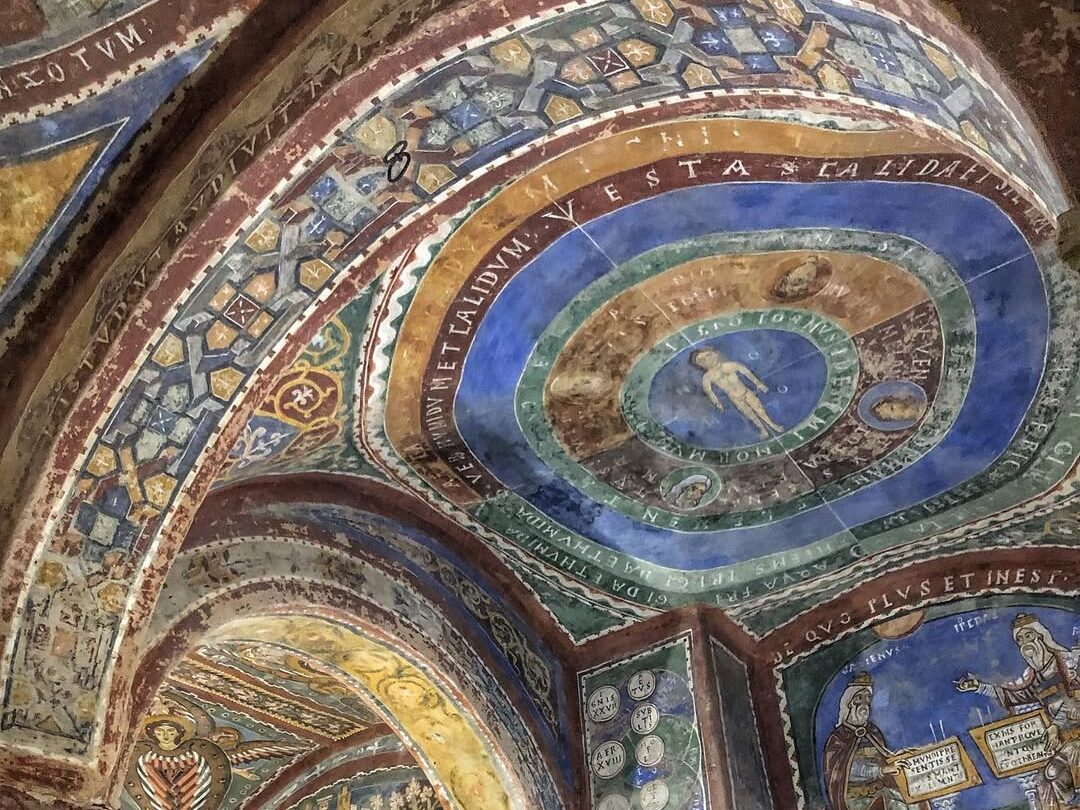Here is the recipe for a dish that was born by chance and has stood the test of time, becoming one of the symbols of Ligurian culinary tradition.
Chickpea Farinata is one of the symbolic dishes of Ligurian cuisine, a humble food rich in flavor and history. Its origins date back to ancient Roman times, but the most fascinating legend about its creation takes us to the Middle Ages, during the era of the Maritime Republics.
Legend has it that in 1284, after the Republic of Genoa’s victory over Pisa in the Battle of Meloria, some Genoese ships were caught in a storm. Amidst the chaos, barrels of oil and sacks of chickpea flour were overturned, mixing with seawater. Unable to waste the precious food, the sailors allowed the mixture to dry in the sun, resulting in a kind of thin, crispy focaccia. Once back on land, they perfected the recipe by baking it in ovens, giving birth to Fainâ, as it’s called in the local dialect.
Since then, Farinata has become a beloved dish not only in Liguria but also in other coastal regions of Italy, such as Tuscany (where it’s known as cecìna) and Sardinia (fainè). Today, it’s made with just a few simple ingredients, but its perfect result depends on patience and the quality of the raw materials.
Genoese Farinata recipe
Ingredients for 5 people:
350 g chickpea flour
12 g salt
1 liter of water
Extra virgin olive oil
Preparation
In a large bowl, mix the chickpea flour with the water and salt, using a whisk to avoid lumps.
Let the mixture rest for at least 4 hours, preferably overnight. This step is crucial to achieve the perfect texture for the farinata. Generously grease the bottom of a low, wide baking pan with extra virgin olive oil.
The traditional pan is called a testo, a tinned copper baking tray. Pour the mixture into the pan and gently stir to mix it with the oil. Bake in a preheated oven at 250-270°C for about 20 minutes, until the surface is golden and slightly crispy.
Serve hot, optionally with a sprinkle of black pepper.
Variants
While the classic version is timeless, there are numerous variations of Genoese Farinata.
Some add rosemary for an aromatic touch, while others enrich it with fresh spring onions sliced into rings or chopped artichokes. In some areas, it’s also found with cheese or sausage, although the traditional version remains the most loved.
Few ingredients, a simple but precise preparation, and a unique flavor: Chickpea Farinata is a testament to how Ligurian cuisine, despite its simplicity, can captivate the palate with ancient and authentic flavors.




